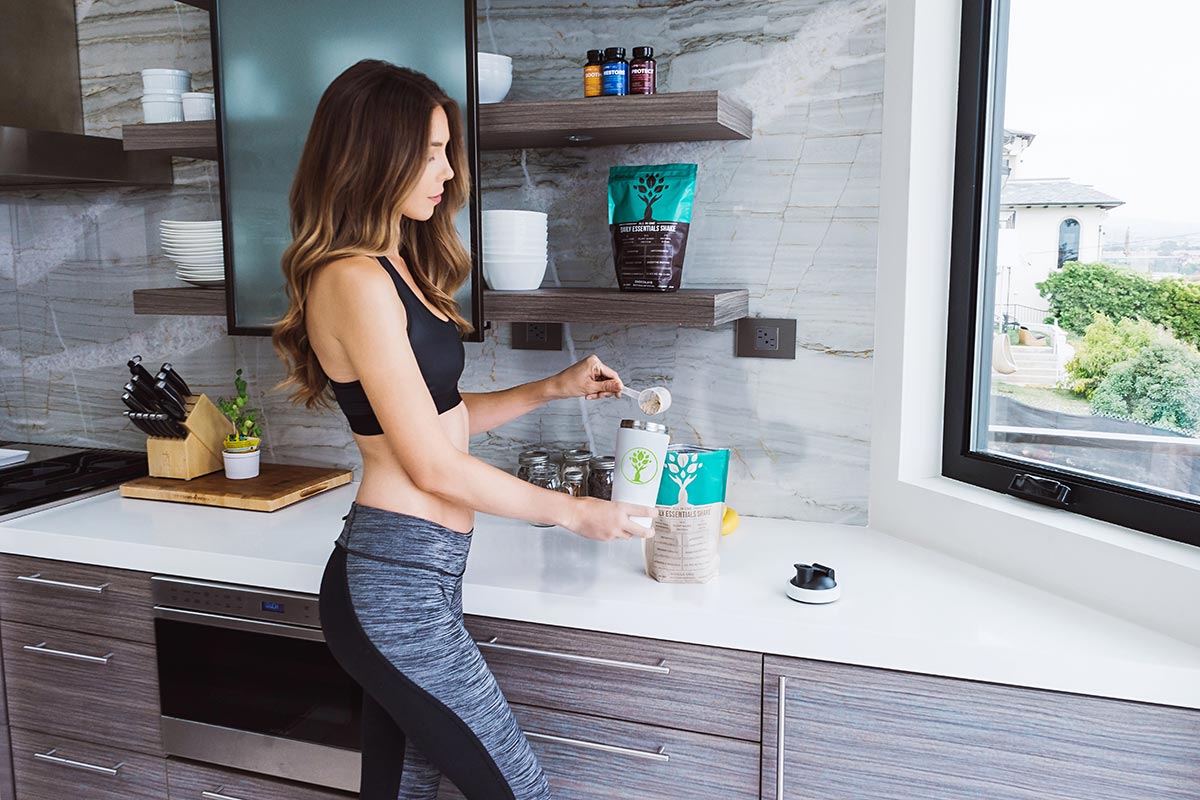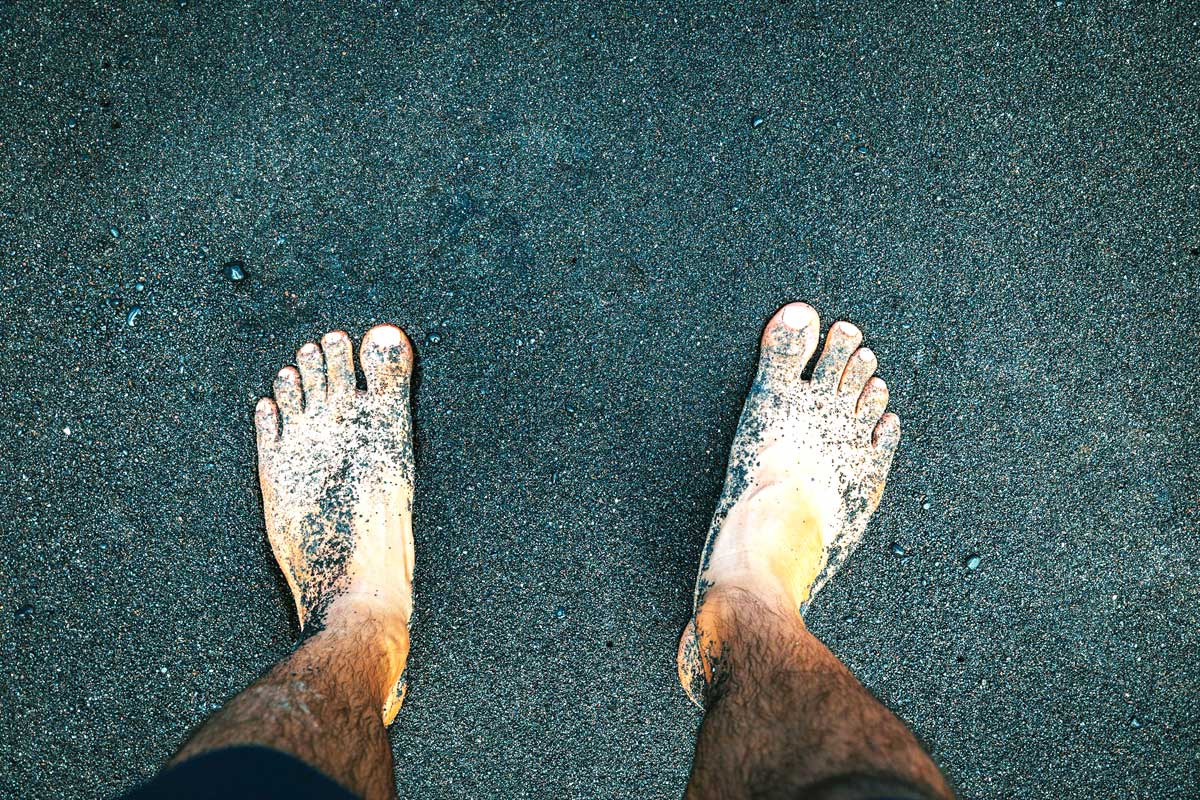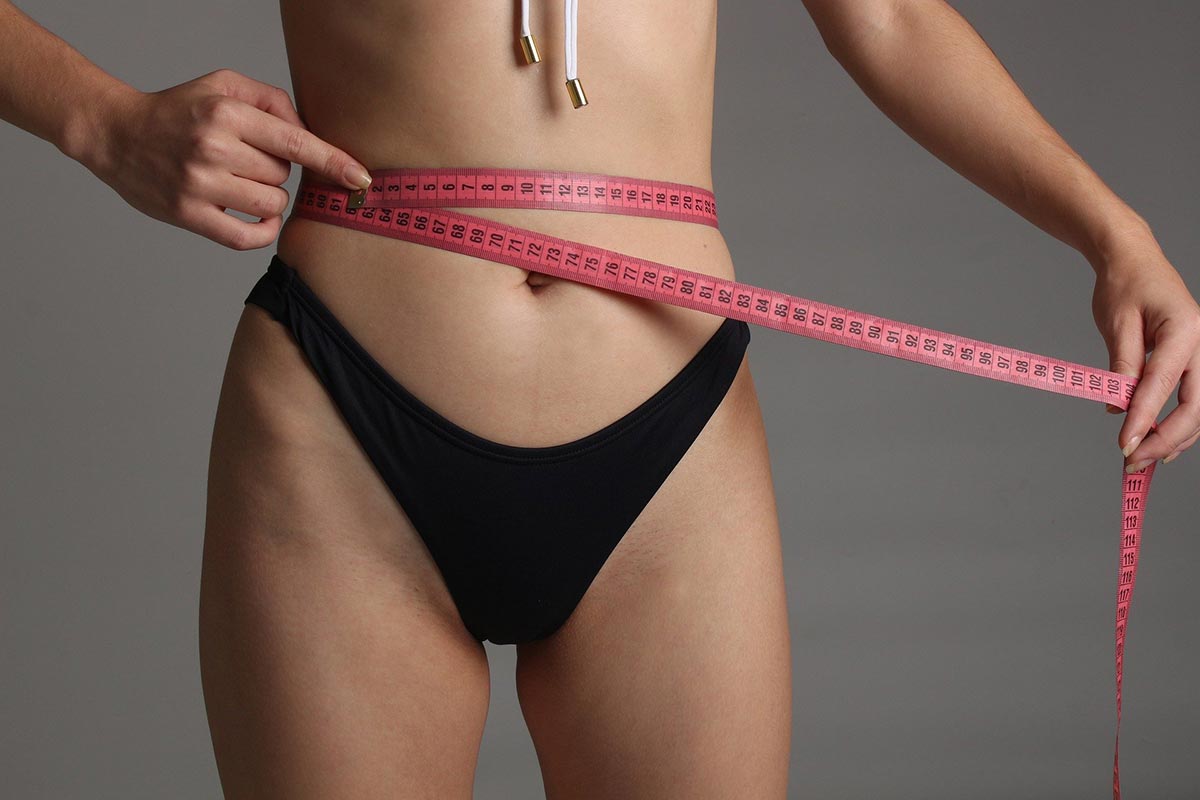When children are engaged in plyometric activities both the child and the supervisor should know the important safety precautions. Here are some pointers to keep in mind before performing or supervising any plyometric exercises.
Safety Tips
- Warm up thoroughly before starting plyometrics ( e.g., stretching and light jog)
- Start slowly with small jumps and gradually build up
- Land softly to absorb shock
- Allow plenty of rest between plyometric workouts
- Stop the exercise if you feel any pain in your joints, or dizziness
- Use footwear with plenty of cushioning
- Perform plyometrics on soft or cushioned surfaces only
Further Safety Tips Include:
Technique:
Remember, proper technique is very important. If an athlete is feeling too tired to perform the exercise with proper technique, the athlete should stop the exercise immediately. Make sure that your child starts slow, and that he or she does not become too tired to use proper technique. Athletes should have enough rest and recovery time between exercises and between training sessions.
Surface & Footwear:
Avoid hard surfaces. Grass is one of the best surfaces for plyometrics exercises. Do not perform plyometrics exercises on concrete, asphalt, or other hard surfaces. Impact is inevitable. Use well-cushioned shoes that are stable and can absorb some of this impact.
Risks & Recommendations:
Plyometrics is not a dangerous form of exercise, but there is a risk for stress on joints and muscles if the exercise is not done properly. Low-intensity plyometric exercises have been used in injury rehabilitation, therefore making them safe to practice. Children are recommended to keep to low-intensity and low volume exercises, especially those under the age of 13, or that squat less than one and a half times their body weight.













